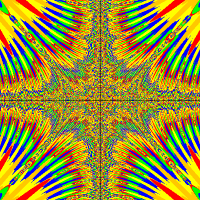Good morning
I would like to know how to make triangles around a circle
the triangle can be made in line or in polygon
Is it necessary to calculate the center of the triangle in relation to ....... I don't know or to the center of the circle?
or calculate the next point of the circle at an angle once the triangle is created at the top of the circle?
Thank you for your help





